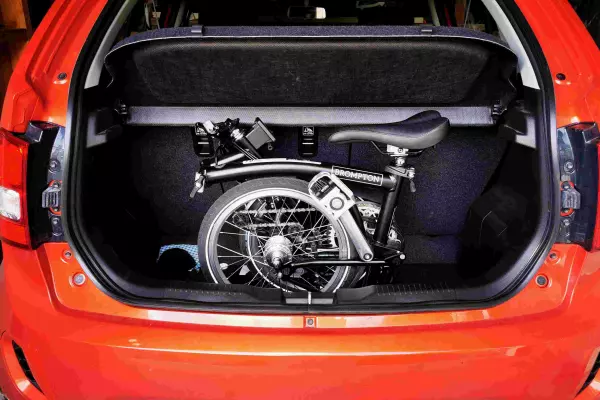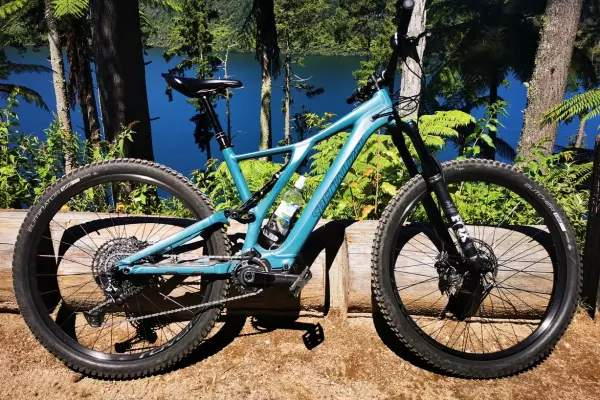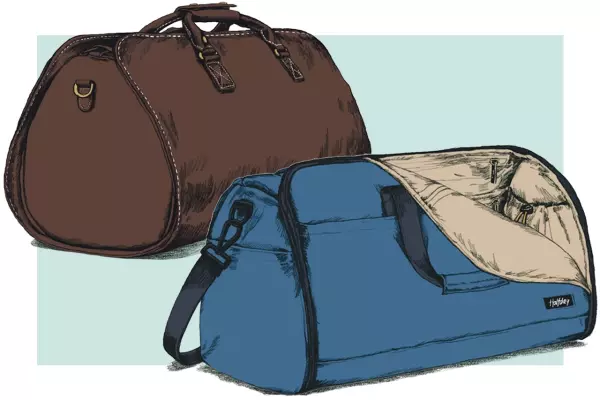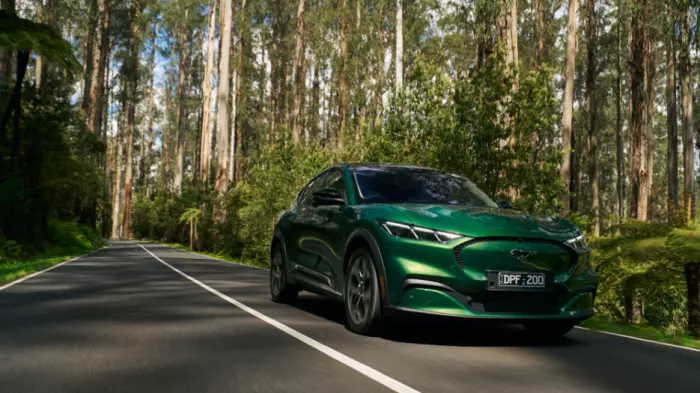Cargo bikes are the SUVs and double-cab utes of the cycling world.
Just a few years ago they were a rarity on our roads, but earlier this month there was literally a parade of them travelling through the Wellington suburb of Newtown to mark international bicycle day.
It’s becoming increasingly common to see parents using them to drop off kids at school and daycare and businesses – including tradies – are buying them as work vehicles.
Front-loader cargo bikes have been plying the streets of Copenhagen for more than 100 years.
At 2.44 metres, the Danish-built Larry vs Harry e-Bullitt Pepper is a long beast of a machine.
The e-Bullitt is what’s known as a front-loader, where the cargo – be it humans or goods – is carried on a platform in front of the rider.
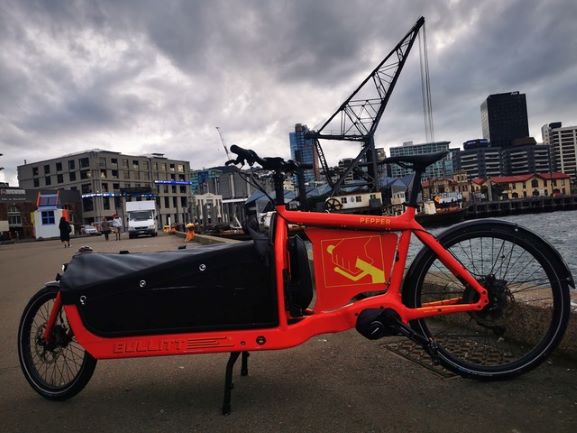 The length of the e-Bullitt takes time to get used to. (Image: Supplied
The length of the e-Bullitt takes time to get used to. (Image: SuppliedApparently, it’s the delivery bike of choice for DHL in Europe and FedEx in the US. No doubt that’s in large part down to its sleek design – it’s just 46.6cm wide – lending itself to slipping through congested traffic.
That length takes a bit of getting used to. As I took off from Wellington’s Bicycle Junction on the loan bike, I found myself wobbling a little. But once I was on the move, the bike handled much like any other.
That said, I soon gave up on my original plan of carting a chest of drawers. A northerly gale and the fact it would have involved removing the bike’s side panels saw me opting for a less-ambitious ride around Wellington’s bays for a supermarket shop.
The driveway of my apartment block in Roseneath is literally one of the windiest spots in the windiest city on Earth. (A neighbour was recently taken to hospital after being thrown across the carpark during a northerly gale.)
So, riding down the drive into a stiff nor’wester is as good a test of a bike’s stability as I can think of. The e-Bullitt passed with flying colours.
It handled beautifully, but I was relieved not to meet a car coming up Maida Vale Rd on my way down to Evans Bay Parade. It’s a big piece of kit and I didn’t fancy having to back it up the hill. In truth, the thought was more daunting than the reality would have been.
A Shimano STePS motor coupled with an 11-speed XT Di2 derailleur made easy work of Wellington’s notorious headwinds and steep city streets.
It was a fun ride, as much for the novelty of having the front wheel so far in front of me as anything else.
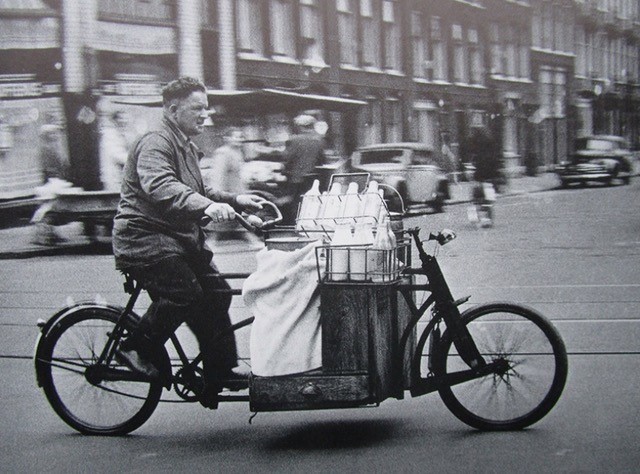 Cargo bikes have been in use since the 1900s. (Image: supplied)
Cargo bikes have been in use since the 1900s. (Image: supplied)Keeping hubby happy
Betty, a 71-year-old from Newlands, stopped to ask me about the e-Bullitt. Her husband, she told me, had made her sell her 400cc motorbike and she was keen to try out an e-bike.
“He’s convinced people in their 70s shouldn’t be riding motorbikes. I can’t see why not, to be honest, but best keep your spouse happy,” she said.
I encouraged her to take an e-bike for a test ride but suggested the e-Bullitt was probably not the one for her.
Not only are cargo bikes significantly more expensive than standard ones – the e-Bullitt sets you back between $10,995 and $12,995, depending on the Shimano motor and gearing systems you opt for – they’re also significantly heavier and more difficult to manoeuvre.
The manufacturer claims e-Bullitts have a range of 125km, but like all e-bikes, the distance you can travel depends on the level of assist you opt for, the number of hills on your journey, and so on. That said, it seems unlikely many riders would come close to exhausting the battery on their daily commutes or work trips.
Kids, I’m sure, would love riding up front on an e-Bullitt but I would need to spend a few days familiarising myself with its quirks before I’d be comfortable tackling Wellington’s roads with any young ones on board.
The extra space for shopping and household chores would come in handy – but not often enough for me to want to add one of these to my collection of bicycles.
If I were buying one, I’d be tempted to opt for the belt-drive coupled with the Shimano Alfine 11-speed internal hub. Belts need replacing far less often than chains and with no need for lubrication, they're more trouser friendly, too. But the main attraction of internal hub gears is the ability to shift into a lower gear once you’ve come to a stop.
Cargo bikes are growing in popularity but, unlike utes and SUVs, I can’t see anyone buying them who doesn’t intend using them for what they’re primarily designed to do: shift goods from A to B.
That said, Bullitts (both the electric and acoustic versions) have a hard-core fan base in Europe who use them as their daily rides, tour on them and even race them.
For me, however, the idea of being able to borrow one from a cargo bike library – as you can do in Canberra and Finland – is far more appealing than owning one. For one thing, I’d need to get rid of my car to fit it in the garage.
Cargo bikes really are a car alternative. I’m regularly hearing stories of families who ditch their second car, and sometimes even their only car, for an e-bike.
The $8500 subsidy given to those buying new EVs would very nearly cover the cost of a new cargo bike and they might well outlast the EVs, too.




